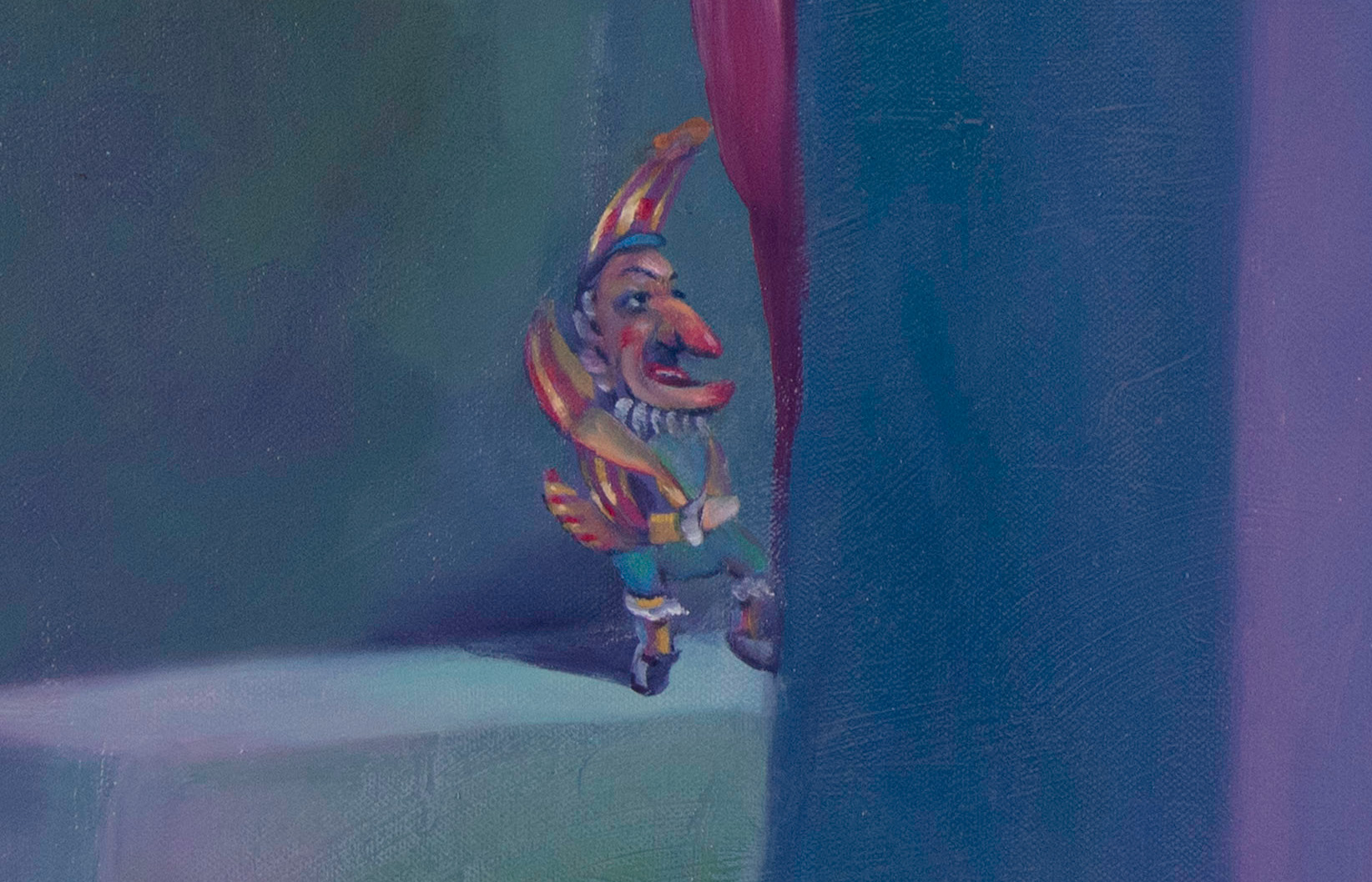There’s a kind of mystique about the link between mental illness and art and the most famous of all the archetypal stories is the one about Van Gogh cutting off his ear.
I am a reverential fan of Van Gogh’s work and I share the illness that plagued him. I know this because modern psychiatric researchers have used contemporary diagnostic techniques to understand his illness, describing it as Bipolar Disorder complicated by likely psychosis and possibly Borderline Personality Disorder.
I’m grateful I don’t have any of the personality disorders, but I am all too familiar with Bipolar Disorder and the enormous havoc that can wreak on one’s life and work. I have had to spend time in various psychiatric clinics more times than I can count and I have had to drastically change my working life to enable me to survive my illness.
So what of those myths? Does a touch of madness help some artists produce more profound work? And those descriptions of existential angst and artists defined as tortured souls; is that part of the formula for producing great art?
My experience has been one of being forced to learn to understand my inner emotional landscape in order to survive my illness. Experiencing the effects of Bipolar Disorder is like experiencing unnatural emotions, invariably unrelated to my circumstances, which seem way beyond the normal range of emotions most people experience during their lifetimes.
So I understand the inner compulsion that Van Gogh experienced that led to him cutting off his ear. Of course it’s not rational, but I can only try to describe that compulsion as an irresistible urge to externalise a profound inner pain that becomes impossible to suppress.
Perhaps the struggle to survive emotional storms can make one more self-aware. Perhaps the strength developed to survive bouts of debilitating depression does eventually build some sort of insight into the fragility of the human condition. But I can’t see how this handicap can make anyone a better artist.
I have another theory about why Van Gogh produced such a prodigious amount of masterpieces over a few short years, often while staying in an asylum. His art became his therapy. He didn’t produce wild paintings as manifestations of mania. His letters indicate he knew he had discovered a world-changing approach to painting which was entirely rational and based on his very detailed forays into colour theory. Day by day he would load up a canvas, easel, brushes and paints to often paint out in the open because this was the therapy he needed, to lose himself in his work. When you experience this flow it makes no difference whether or not anybody buys your work, all that matters is that it brings a sense of meaning along with the momentary escape from inner torments caused by mental illness.
Like Van Gogh my illness has resulted in a few very bright silver linings which I will outline in my next post.

